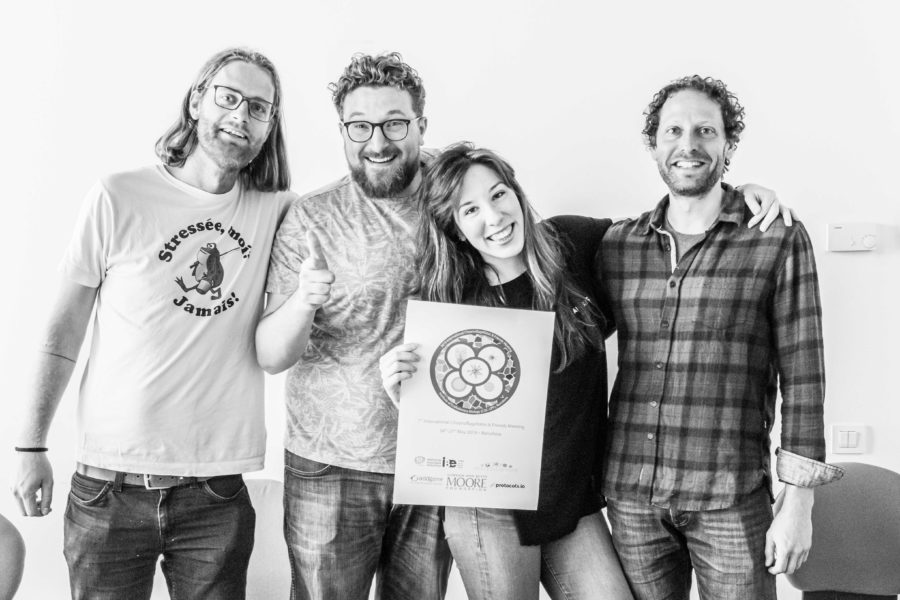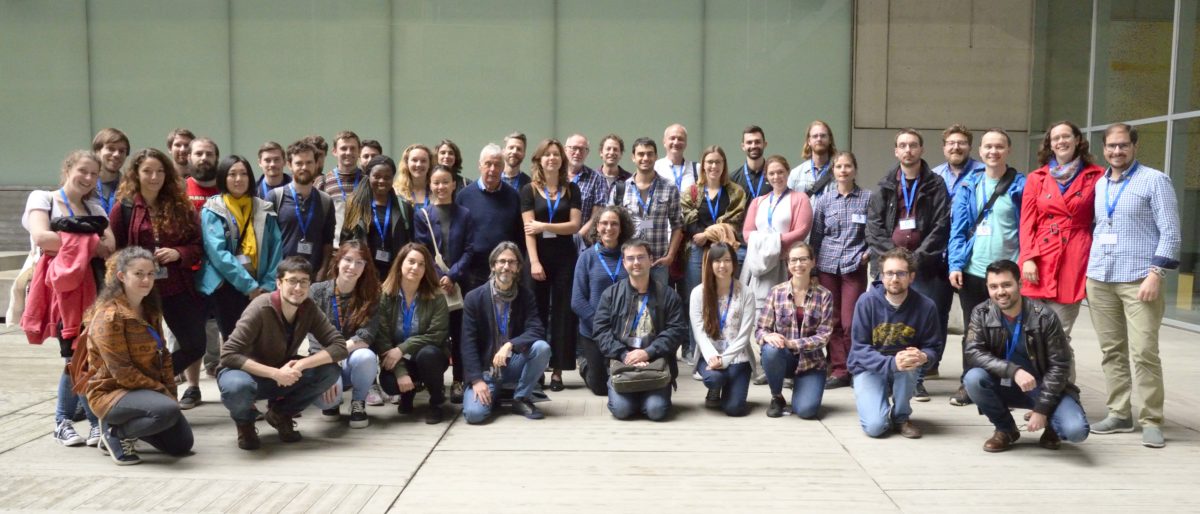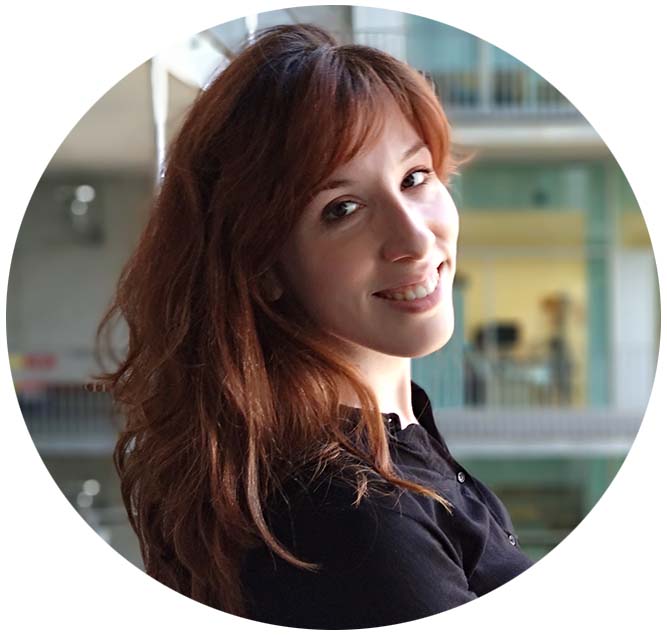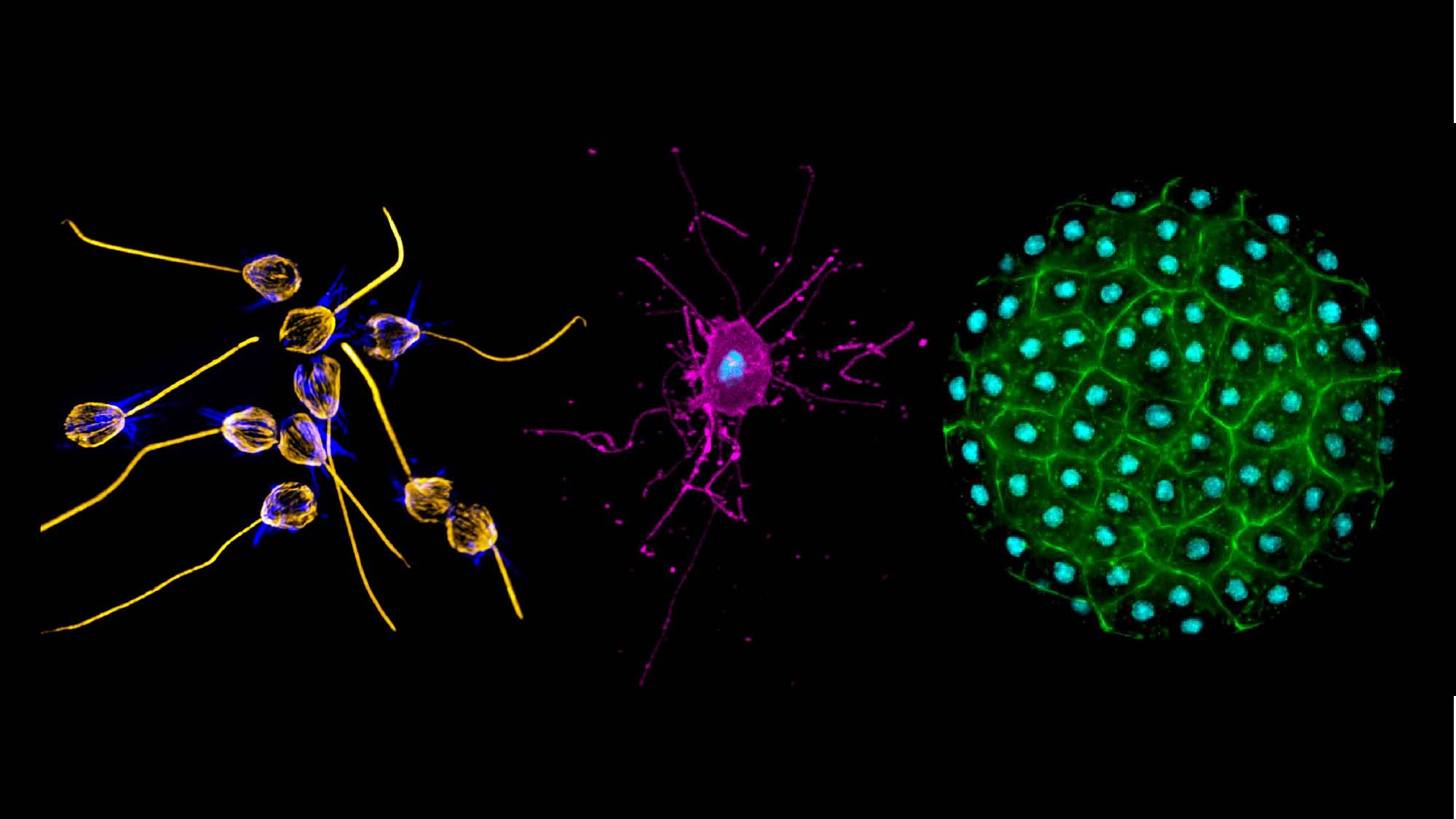Seventeen years after it was first held, researchers from all around the world came together again to participate in the 7th International Choanoflagellates & Friends meeting at the Barcelona Biomedical Research Park (PRBB) on May 24-27, 2019.
On this occasion, four postdoctoral researchers from the Multicellgenome Lab, lead by Iñaki Ruiz-Trillo at the Institute for Evolutionary Biology (IBE: CSIC-UPF), were in charge of the organization. The meeting was sponsored by The Moore Foundation, the nonprofit plasmid repository Addgene and the collaborative platform and preprint server for methods Protocols.io. These three non-profit organizations actively contribute to the community by providing a platform of resources, funding top research and promoting open-access and transparent research.

The origins of the meeting
The “Choanoflagellates and friends” meeting was born back in 2002 in Reading, UK, from the idea of sharing and building an emerging and powerful community. A small group of scientists interested in choanoflagellates – the closest unicellular relatives of animals – realized that joining efforts and expertise could help advance the field faster and more effectively. Since 2009 these meetings have been held biannually. The King Lab, led by Dr. Nicole King at UC Berkeley (California), has hosted three of them and the others were organised in Germany, France and now at the PRBB in Barcelona.
The main goal of this meeting is building the choanoflagellate research community by fostering collaborations, disseminating new techniques and resources, and providing a forum for presenting cutting-edge research on choanoflagellate biology. Although it has always attracted researchers working on choanoflagellates, in recent years the meeting has expanded its focus to other close unicellular relatives of animals. The Multicellgenome Lab at IBE has made significant contributions to the study of such unicellular organisms, which belong to the lineages of Filasterea, Ichthyosporea and Corallochytrea.
“I would like to highlight the most important word of the conference: “friends””
Iñaki Ruiz-Trillo
This year, the meeting hosted 45 participants from 9 different countries, including the USA, Germany, Norway and even the Philippines. This friendly and “small” environment promoted a fresh exchange of ideas, feedback and an active participation in both talks and poster sessions from almost every participant. The meeting included seven sessions covering many different topics, ranging from diversity and abundance of choanoflagellates, description of new species, cell biology, development of genetic tools among unicellular relatives of animals, functional genomics, comparative genomics and molecular cues influencing behaviours among the unicellular relatives.

The origins of animal cell differentiation
The meeting started with an inspiring keynote talk by Dr. Pawel Burkhardt, from the Sars International Centre for Marine Molecular Biology and the University of Bergen, who gave an overview of the history of the growing community until now and about the evolutionary origin of animal cell differentiation and synaptic signalling machinery. Remarkably, he showed how a particular approach of Transmission Electron Microscopy (TEM), consisting in high-pressure freezing and 3D serial ultrathin TEM sectioning, allowed the 3D reconstruction of the total subcellular composition of single cells and colonies of the choanoflagellate S. rosetta as well as the collar cells from a marine sponge (1). Incredibly, some of the cells within an S. rosetta colony are morphologically different, pointing out to a potential evidence of spatial cell differentiation.
3D cellular architecture of choanoflagellate single cell S2. From Laundon et al., 2019. The plasma membrane was made transparent and glycogen and ER were removed to allow better visualisation of subcellular structures and vesicle populations. Shown are apical vesicles (pink), food vacuoles (green), endocytotic vacuoles (fuschia), ER (yellow), extracellular vesicles (grey), filopodia (external, purple), flagellar basal body (light blue), flagellum (dark green), glycogen storage (white), Golgi apparatus and vesicles (purple), intercellular bridges (external, yellow; septa, red), large vesicles (brown), microvillar collar (light orange), mitochondria (red), nonflagellar basal body (dark orange), and nuclei (dark blue).
He also stressed the relevance of the genome sequencing of S. rosetta and M. brevicollis, two choanoflagellate species, and the filasterean Capsaspora owczarzaki. This breakthrough revealed that animals are not as uniquely complex as expected at the genome level, because the unicellular relatives of animals actually encode a complex repertoire of genes related to multicellular functions previously thought to be animal-specific. The next question is: what are those genes doing in a unicellular context? Do they have similar functions to the ones they have in animals? As Dr. Burkhardt stated, the recent development of reliable transfection protocols in the choanoflagellate S. rosetta and in C. owczarzaki will allow gene function and localisation studies in live cells, paving the way to an intriguing future with new avenues for functional-based studies.
The closing session was led by Nicole King, who coordinated a wide-ranging discussion on the future directions for the community. The participants all agreed that they wanted even more communication between different labs to boost research and planned to centralise most of the data they generate to provide a well-documented repository of images, illustrations and papers for the community.
“I see the community growing in collaboration, not competition”
Nicole King
At the end of the conference, we all felt that regardless of the handicaps and difficulties, we will troubleshoot these together, and we will share many new lessons and knowledge. Our joint efforts will for sure contribute to knowing more about the hidden diversity of these communities in the oceans and other places, learning more about their cell biology, better defining a phylogenetic framework in which to address evolutionary questions and turning them into experimentally tractable emerging model systems, which we hope will attract future researchers to contribute and collaborate in this growing and wonderful community.
You can follow some of what happened at the meeting in twitter via #choanomeeting19.
1 Laundon D, Larson BT, McDonald K, King N, Burkhardt P (2019) The architecture of cell differentiation in choanoflagellates and sponge choanocytes. PLoS Biol 17(4): e3000226. https://doi.org/10.1371/journal.pbio.3000226







